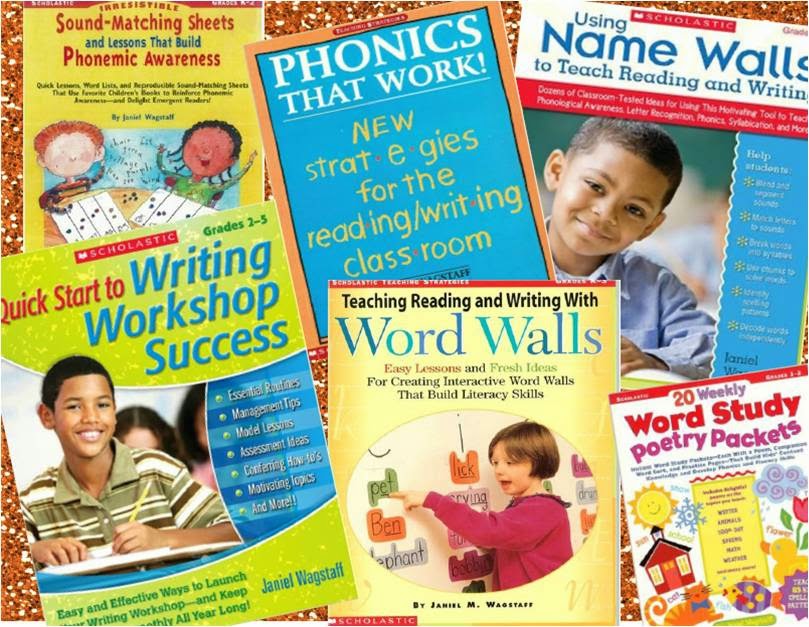Hello all!
Meeting the new Common Core standards can't be achieved without having productive, daily conversations in the classroom. Below, I've posted some information about holding Open Ended Discussions. (I'm planning to move resources like this to google docs--so you can easily download--but am just learning how...stay tuned!) Happy conversing!
Suggestions for the O.E.D.
O.E.D. Follow up
Meeting the new Common Core standards can't be achieved without having productive, daily conversations in the classroom. Below, I've posted some information about holding Open Ended Discussions. (I'm planning to move resources like this to google docs--so you can easily download--but am just learning how...stay tuned!) Happy conversing!
Rules for the O.E.D.
Ø You don’t have to raise your hand
Ø You don’t have to share
Ø Only one person talks at a time
Ø No side conversations
Ø Stick to the topic
Ø No put-downs
Suggestions for the O.E.D.
Ø You can “piggyback” off someone else’s comment (remember, we're building understandings together!)
Ø You can agree or disagree
Ø Share your reasoning and evidence. What led you to say...
Ø You can ask a speaker to explain, elaborate or justify a comment
Getting started
Try the fishbowl technique. One small group (five-eight students) sits in a circle inside a larger circle (the rest of the class circles to watch). Once you’ve explained the rules, you carry on an open-ended discussion with the inside group. The outside group watches. After you close the discussion, the outside group comments on what they saw the inside group do (Did they follow the rules? What was the teacher’s role? etc.). You might have several “fishbowl” discussion groups before having a whole class open-ended discussion. Once you’ve moved to the whole class structure, remember to frequently debrief about how the discussion went.
O.E.D. Follow up
Following your class discussion, take some time to debrief…it really pays off for setting a serious tone and helping the quality of your discussions to improve over time.
What went well?
What didn’t go well?
How can we improve?
What stood out from this discussion?
How might this discussion affect your future reading/writing/thinking?












